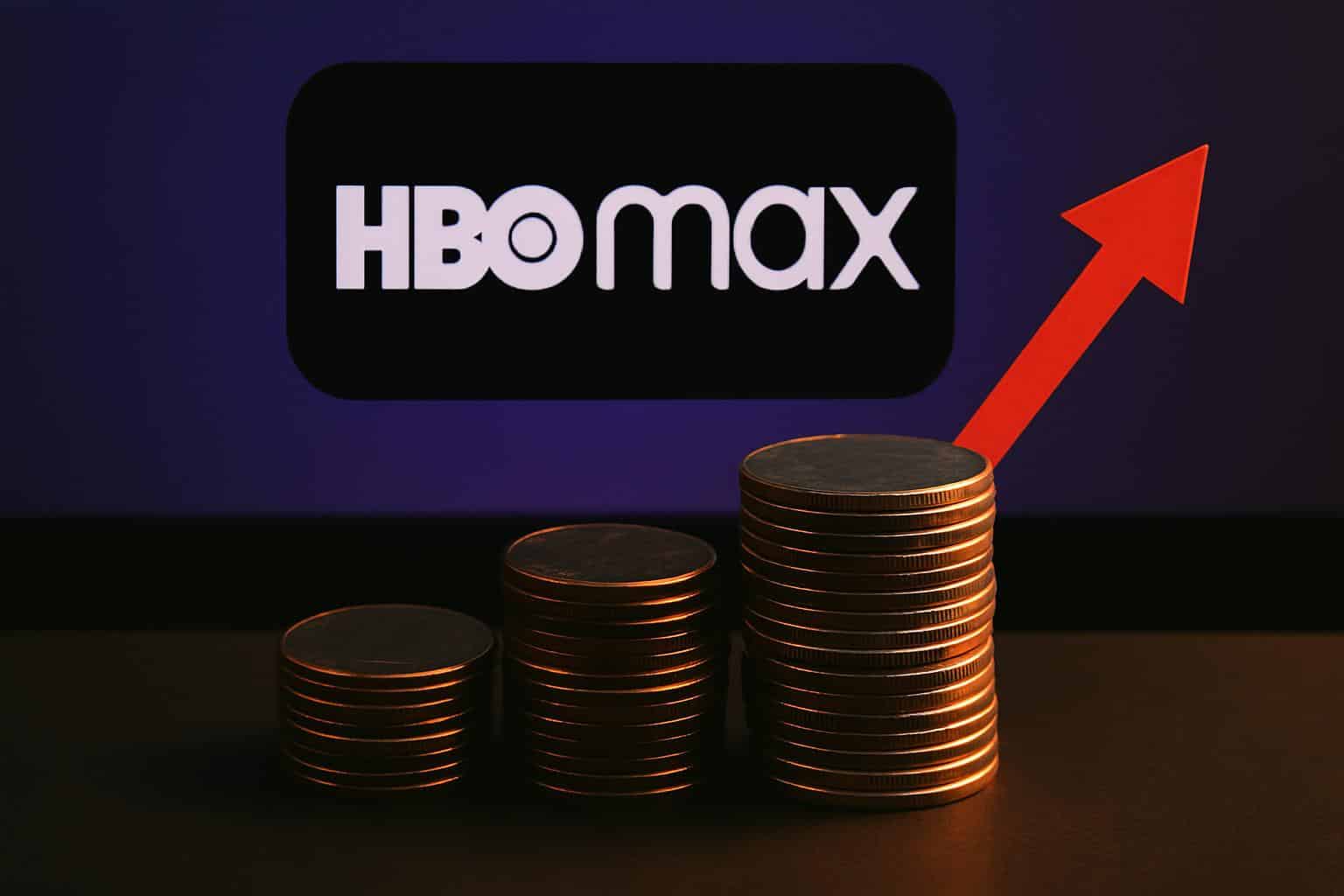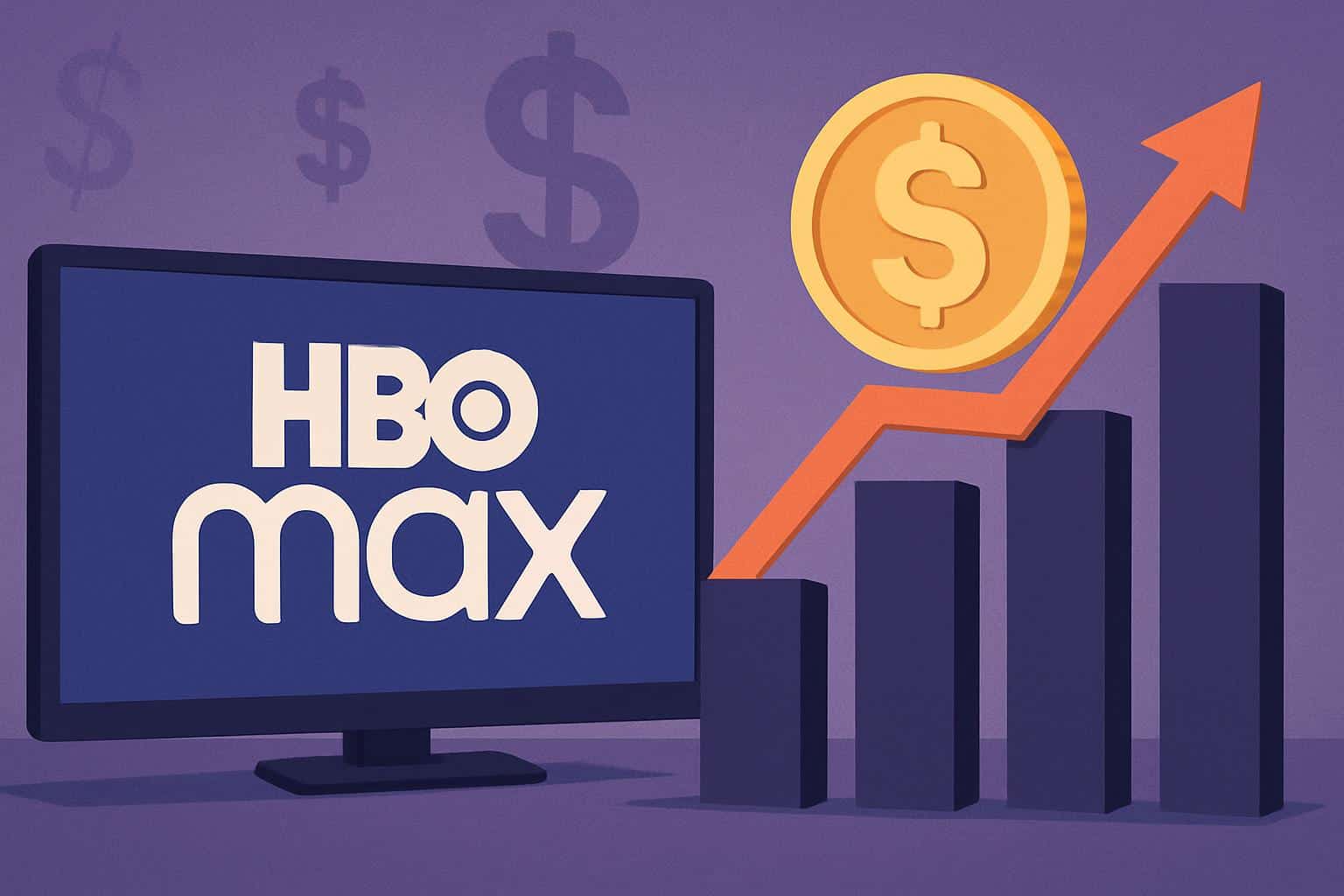HBO Max is getting pricier. Warner Bros. Discovery’s move suggests the value of its catalog, stronger demand for streaming, and a broader industry trend toward higher prices and profitability.
What’s Different for Each HBO Max Subscription Plan
- Basic with Ads: $10.99/month (up $1). Annual: $109.99 (up from $99.99). This is still the cheapest entry I’ve found to the platform’s library of HBO series, Warner Bros. films, and Discovery-branded unscripted fare.
- Standard: $18.49/month (up $1.50). Annual: $184.99 (up $15). This is the basic ad-free plan you’ll get by default if you’re part of most households, though it’s not as high-end as some of the Premium-exclusive features.
- Premium: $22.99/month (up $2). Annual: $229.99 (up $20). This tier is for viewers who want the full feature set — 4K Dolby Vision and Atmos on supported titles, more concurrent streams, and more offline downloads.
New subscribers will be charged the new rates right away. Current subscribers will see the changes at their next billing date.

Why Warner Bros. Discovery Is Charging More
Leadership has telegraphed this move for months. At the Goldman Sachs Communacopia + Technology Conference, Warner Bros. Discovery CEO David Zaslav says the service has been underpriced compared to what he termed a quality-heavy slate — think House of the Dragon, The Last of Us, Euphoria, and a steady pipeline of theatrical films that eventually find their way onto the platform.
Price hikes are also about unit economics. The first chapter of streaming was land-grab growth; the current chapter is discipline. Warner Bros. Discovery has informed investors that it is favoring average revenue per user over raw subscriber numbers. That includes an improved version of its ad-supported tier, which monetizes through commercials and has been attracting increasing interest from brands as connected-TV ad spending rises.
Expect enforcement to tighten, too. Zaslav has telegraphed that he plans to crack down on password sharing, aligning the service with rivals who have already cracked down on freeloaders to try and convert them into paying customers. Netflix’s own period of paid-sharing rollout, detailed in its results announcement, ran alongside millions of new sign-ups and increased revenue — the data points executives across the industry regularly highlight.
How This Price Increase Fits the Broader Streaming Trend
HBO Max is not operating in a vacuum. Disney increased its rates for Disney+ and the streaming service Hulu, Apple raised the price of Apple TV+, and Amazon has rolled out an ad-supported default to Prime Video unless a subscriber pays another monthly fee. Peacock — and Paramount+ — are also inching up. Firms like Antenna have been tracking a meaningful movement toward ad-supported offerings on the part of all of the major services, as platforms look to help cover both their content and tech bills with subscriber growth.

The recalibration is a response to actual budget pressures. The price is higher for premium series, sports rights, talent deals, and cloud distribution. At the same time, viewers have been trained by the menu of competing options to bounce between services — so much so that managing their churn has become an obsession in boardrooms. Price hikes, ad tiers, bundles, and stricter account rules have become the levers streamers pull now to keep their revenues steadier.
Warner Bros. Discovery is also introducing sports and live programming to make viewing interactive. Its B/R Sports add-on has streamed key events within the app, a play that could bolster higher tiers and demand for advertising at market rates since live sports audiences are not going anywhere.
What the HBO Max Price Changes Mean for Subscribers
If on Premium mainly for 4K and Atmos, today’s change is a gentle push to make sure you are indeed using those features on compatible devices and titles. For a lot of households, Standard remains the ad-free sweet spot, but the Basic with Ads plan allows you to shave costs without giving up access to HBO tentpoles and the larger Max library.
Annual billing will remain discounted even with the increase. Subscribers who take a breather during marquee seasons can also save by timing renewals to that big premiere. And if you are billed through a carrier or aggregator, look for bundles; partners like Verizon have bundled Max’s ad tier with other services at combined lower prices.
The bottom line is clear: the days of cheap, limitless streaming are over. HBO Max’s new prices are just another demarcation point in an industry moving toward sustainability, not subsidies. For audiences, such decisions will be sharpened by trade-offs — ads or no ads; monthly or annual; whether that next can’t-miss series justifies the premium.

